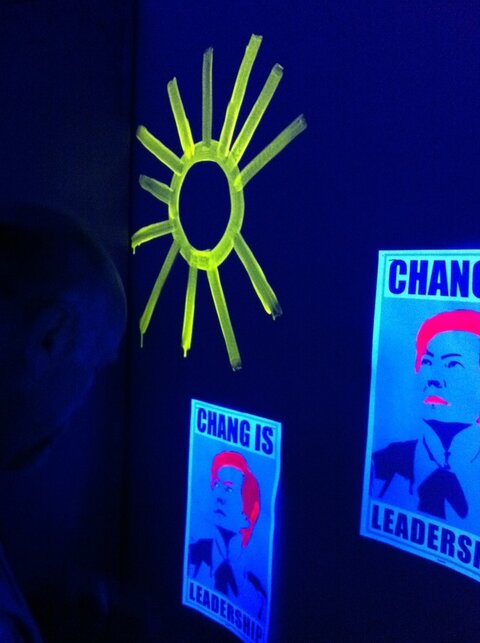Mistermon
Member
Good morning,
The producer of our production asked me today to find UV paint that is invisible under normal light (no big deal...) but that glows GOLD when exposed to UV light. I don't have a problem with the lighting of the paint, but does anyone know if there is such a gold paint? A search of the internet yielded no good results.
Anyone have any ideas? PLEASE!!
Thanks,
Rob
The producer of our production asked me today to find UV paint that is invisible under normal light (no big deal...) but that glows GOLD when exposed to UV light. I don't have a problem with the lighting of the paint, but does anyone know if there is such a gold paint? A search of the internet yielded no good results.
Anyone have any ideas? PLEASE!!
Thanks,
Rob





